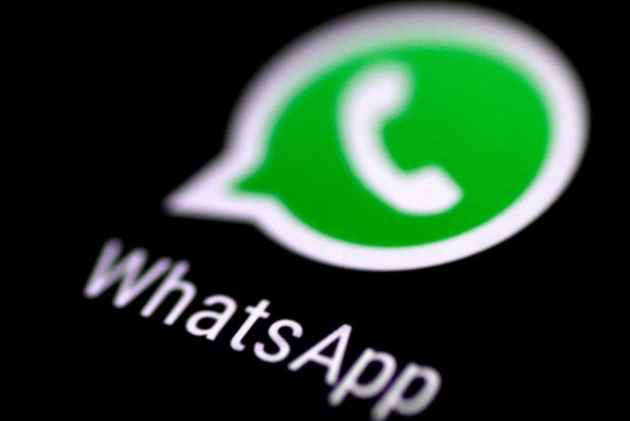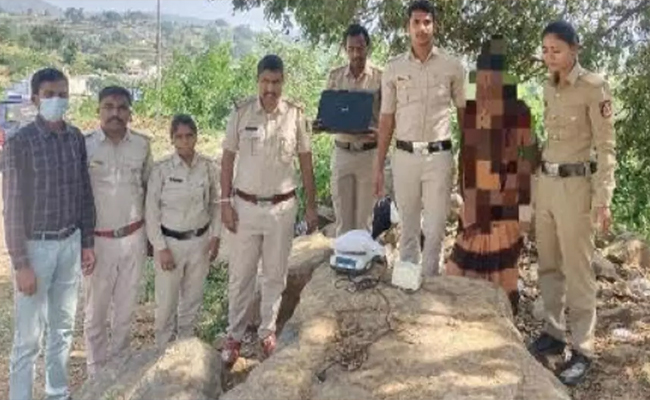New Delhi, Apr 25: Messaging platform WhatsApp on Tuesday said it has introduced a feature that will allow its users to use the same WhatsApp account on multiple phones.
The feature has started rolling out globally and will be available to everyone in the coming weeks, the Meta-owned platform said.
"Today, we're improving our multi-device offering further by introducing the ability to use the same WhatsApp account on multiple phones," WhatsApp announced.
The feature, highly requested by users, will enable them to "link your phone as one of up to four additional devices, the same as when you link with WhatsApp on web browsers, tablets and desktops".
Each linked phone connects to WhatsApp independently, ensuring that a user's personal messages, media and calls are end-toend encrypted.
"...and if your primary device is inactive for a long period, we automatically log you out of all companion devices," WhatsApp said in a press note.
Linking phones as companion devices makes messaging easier. For instance, a user can opt to now switch between phones without signing out and pick up chats where they left off.
"Or if you're a small business owner, additional employees are now able to respond to customers directly from their phones under the same WhatsApp Business account," it said.
Also, WhatsApp is introducing an alternative and more accessible way to link to companion devices.
"Now you can enter your phone number on WhatsApp Web to receive a one-time code, which you can use on your phone to enable device linking, rather than having to scan a QR code. We look forward to introducing this feature to more companion devices in the future," WhatsApp informed.
Let the Truth be known. If you read VB and like VB, please be a VB Supporter and Help us deliver the Truth to one and all.
Bengaluru: Vidyaranyapura police have arrested four persons, including a man posing as a Police Sub-Inspector (PSI), for allegedly breaking into a house, threatening the occupants, and extorting money while wearing police uniforms.
The arrested accused have been identified as Mallikarjuna, Pramod, Vinay, and Hrithik.
Police said the accused had hatched a plan to pose as police personnel, conduct fake raids, and extort money from residents by intimidation.
ALSO READ: Bantwal police arrest two men for illegal sale of narcotics, seize two vehicles, 810 gm ganja
According to the police, Mallikarjuna had failed the PSI examination twice and later falsely projected himself as a PSI. He allegedly conducted photo shoots in his hometown, Siraguppa, wearing a police uniform, baton, cap, and shoes, claiming to be serving as a PSI in Bengaluru.
On December 7, the four accused allegedly went to the house of Naveen in the Vidyaranyapura limits, threatened him with a stick and an iron rod, and claimed they had information that he was selling ganja. Under the pretext of searching, they allegedly extorted ₹87,000 through bank transfer, ₹53,000 in cash kept in the house, and ₹2,000 from his wallet.
Following Naveen’s complaint, Vidyaranyapura police registered a case and launched an operation, leading to the arrest of all four accused. Police have seized ₹45,000 in cash and the car used to commit the crime.
Further investigation is underway.





